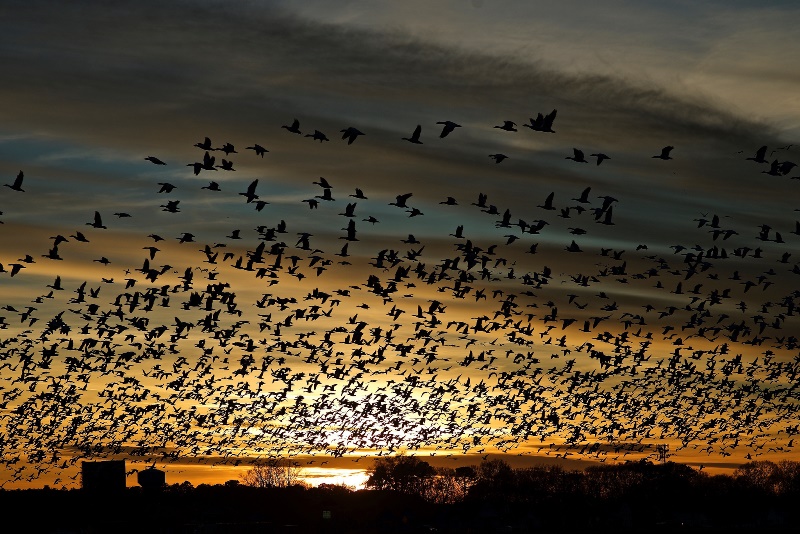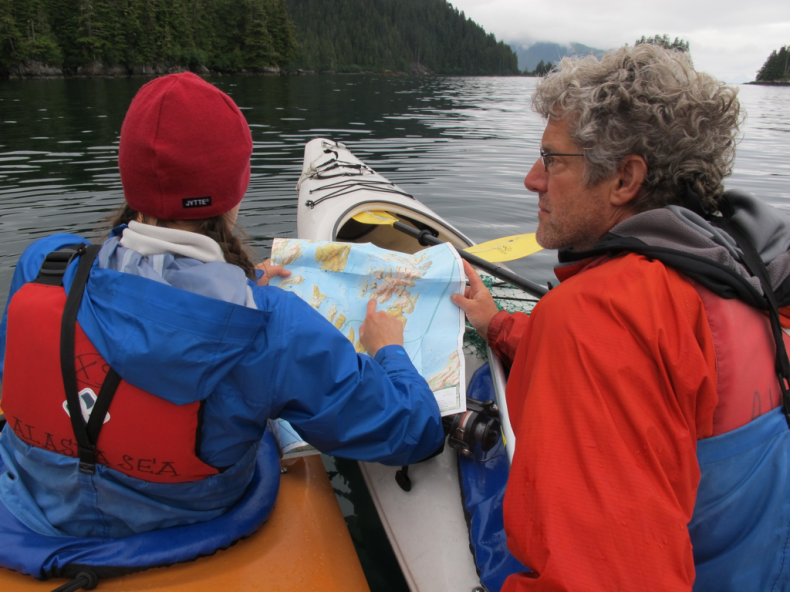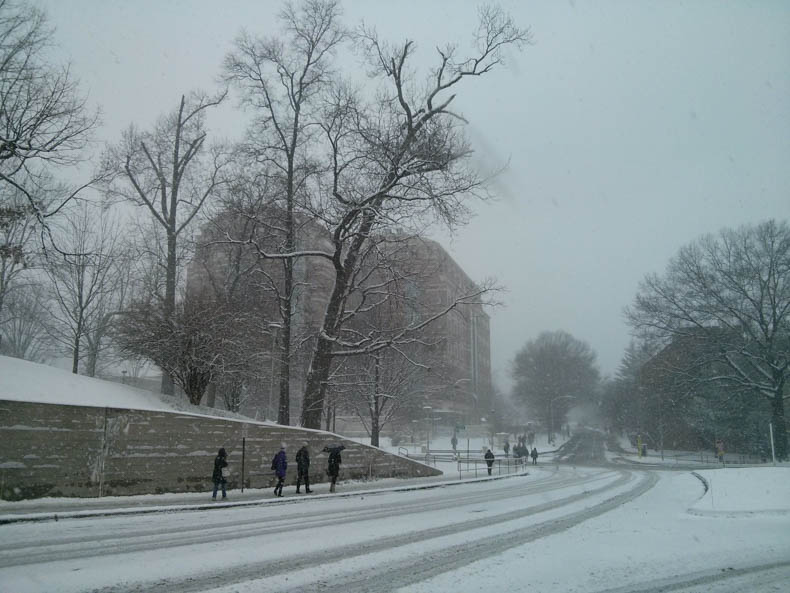 Last month, Fast Company senior editor Reyhan Harmanci published a column called “Freelancing Sucks.” She wrote:
Last month, Fast Company senior editor Reyhan Harmanci published a column called “Freelancing Sucks.” She wrote:
Everyone knows this: the freelancers, who are forced to beg for months-late checks; the editors, who surf on an endless sea of referrals, looking for unicorn writers who turn in copy clean and on time; the readers, who get the short end of the content stick when writers are rushing to work quickly to justify their unlivable wages and editors don’t have the room to build relationships with writers more than one story at a time. It’s a broken system, based on bad economics.
To me, a freelance science journalist who works as both a writer and an editor, this is an all-too-familiar list. The publishing industry’s increasing reliance on the “gig economy” isn’t good for journalists, and it’s not good for journalism. (For war correspondents, it’s arguably life-threatening.) Harmanci is happy that digital-media organizations like Vox and BuzzFeed are bucking this trend with new staff hires, and so am I.
Staffing up is only part of the solution, though. Journalism needs freelancers, and staff editors can make freelancing a whole lot better. Here’s why they should, and how they can.





